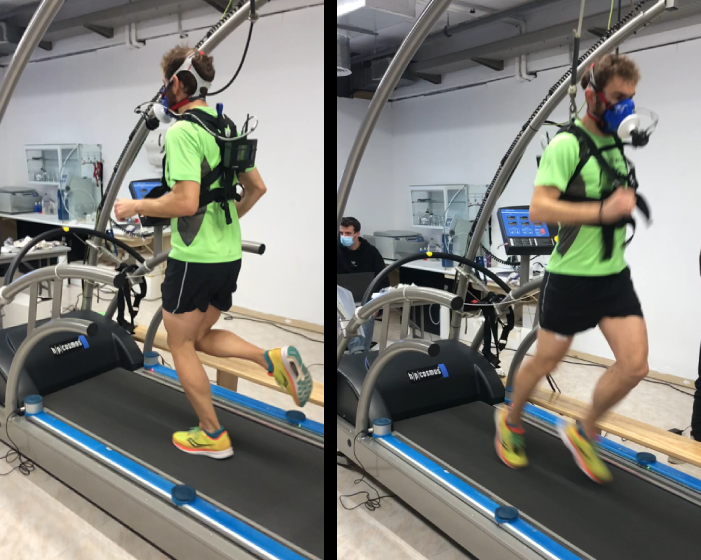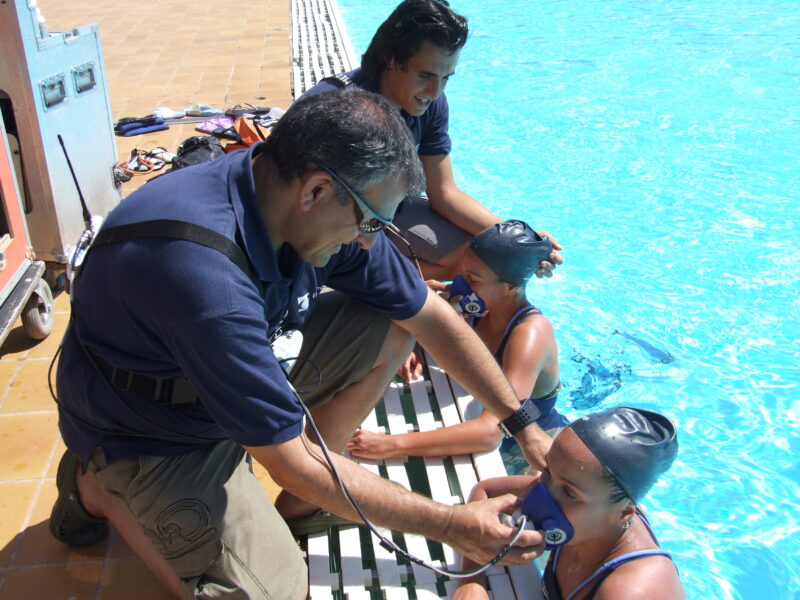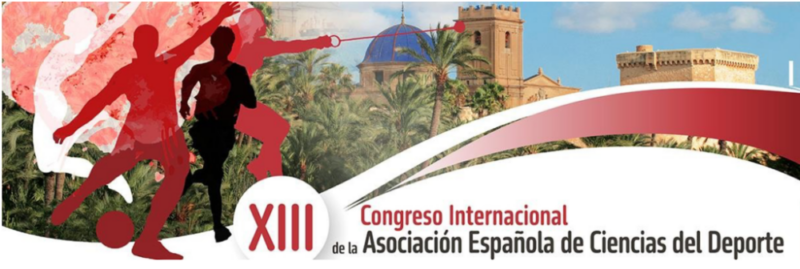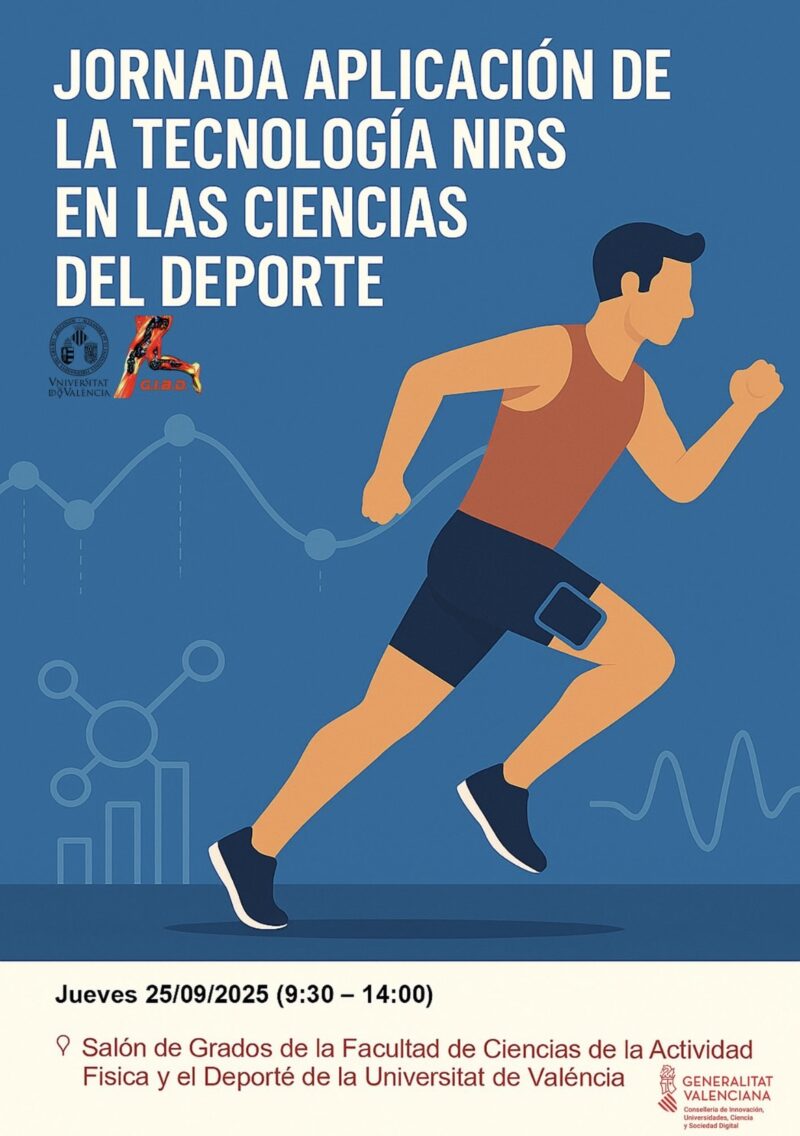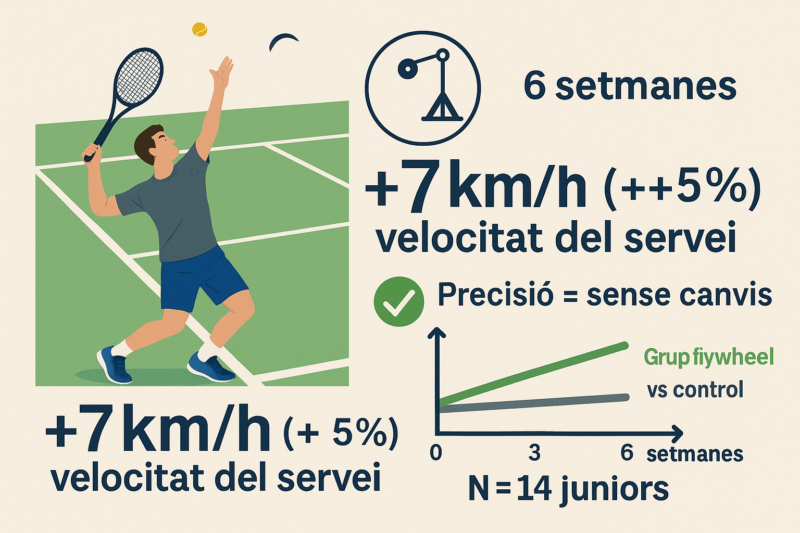Phase Portraits as a Tool for Analysis of Motor Behaviour
Angulo-Barroso, R.M., Busquets, A., & Mauerberg-de Castro E.
Apunts d’educació física i esports, 2010; 102, 49-61.
Summary
A significant amount of research has been done that focuses on the acquisition and improvement of motor skills. This research attempts to explain the source and the processes of change in motor behaviour that enable the individual to acquire or improve a skill. The advantage of the Theory of Dynamic Systems (TDS) as a frame of reference is the inclusion of contextual analysis in the learning process. The purpose of this paper is to present a methodology called phase portraits which facilitates the study of motor behaviour based on the principles of TSD. Biomechanical data treated with an appropriate reduction technique are a good tool for describing and understanding the changes that occur in motor behaviour. Phase portraits using a chart (angular position, angular velocity) are able to capture the complex interplay of forces that influence motor behaviour. In this paper, the shapes of the trajectories in the charts will show: (1) how the body behaves during the performance of analyzed motor skills by showing its general patterns; (2) population (with gaps and without gaps) or individual singularities; (3) behaviours acquired during the learning process (novice and expert); and (4) the changes caused by manipulation of the environment. Nonetheless, although phase portraits are very useful for summarizing motor behaviour, they are not complete representations of it and need to be supplemented by other analytical techniques.
El retrat de fase com una eina d’anàlisi del comportament motor
Angulo-Barroso, R.M., Busquets, A., & Mauerberg-de Castro E.
Apunts d’educació física i esports, 2010; 102, 49-61.
Resum
Hi ha un gran nombre d’investigacions centrades en l’adquisició i el perfeccionament d’habilitats motrius. Aquestes investigacions intenten explicar quina és la font i els processos de canvi dels comportaments motors que permeten a l’individu adquirir o perfeccionar una habilitat. L’avantatge de la teoria dels sistemes dinàmics (TSD) com a marc de referència és la inclusió d’una anàlisi contextual en el procés d’aprenentatge. L’objectiu d’aquest article és donar a conèixer una metodologia anomenada retrat de fase que facilita l’estudi del comportament motor basant-se en els principis de la TSD. Dades biomecàniques tractades amb una tècnica de reducció adequada són una bona eina per descriure i entendre els canvis que es produeixen en el comportament motor. Els retrats de fase, mitjançant un gràfic (posició angular, velocitat angular), són capaços de capturar el complex joc de forces que influeixen en el comportament motor. En aquest article, les formes de trajectòria dels gràfics ens van indicar: 1) com l’organisme es comporta durant la realització de les habilitats motores analitzades mostrant els seus patrons generals; 2) les singularitats poblacionals (amb deficiències i sense deficiències) o individuals; 3) els comportaments adquirits en el procés d’aprenentatge (principiant i expert); i 4) els canvis produïts per manipulació de l’entorn. No obstant això, els retrats de fase encara que són molt útils per resumir el comportament motor, no en són representacions completes i els hauríem de completar amb altres tècniques d’anàlisi.
Contacte: rangulo@gencat.cat / rangulo@umich.edu


